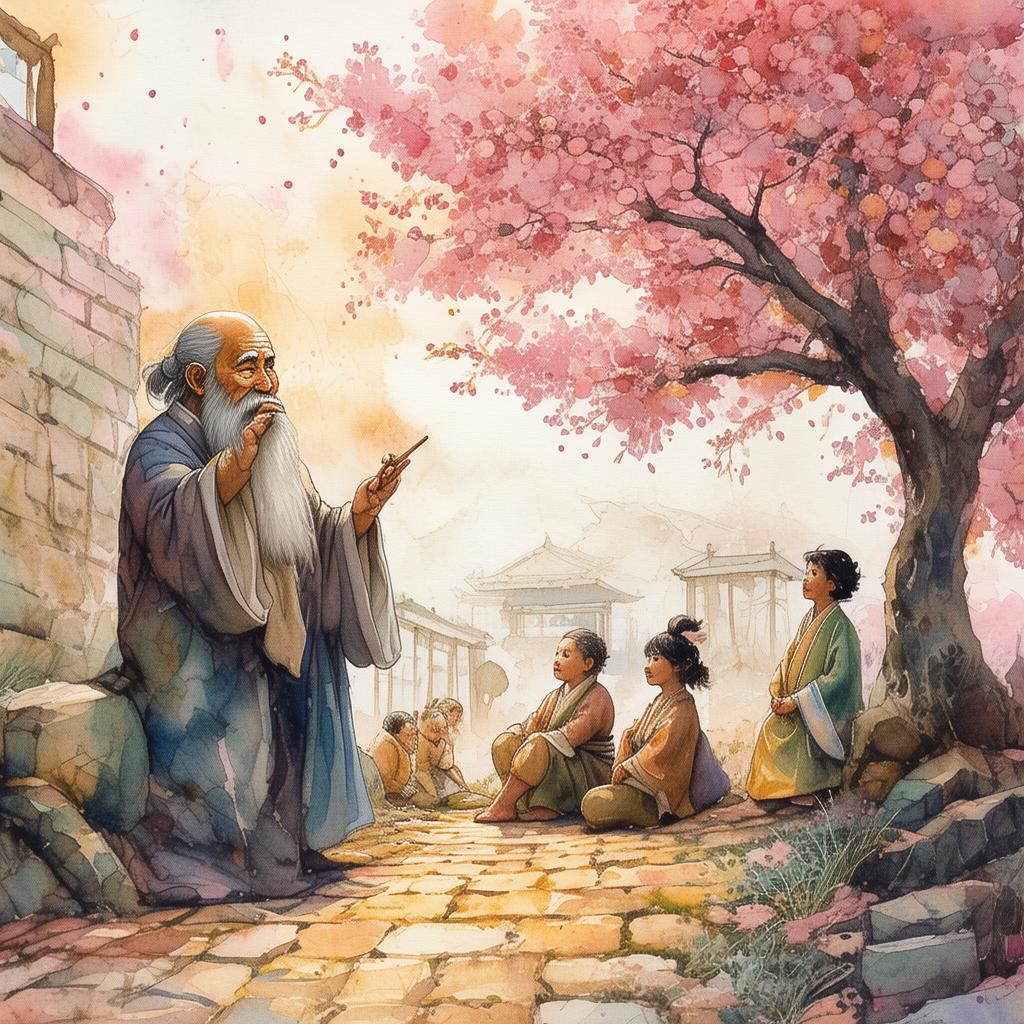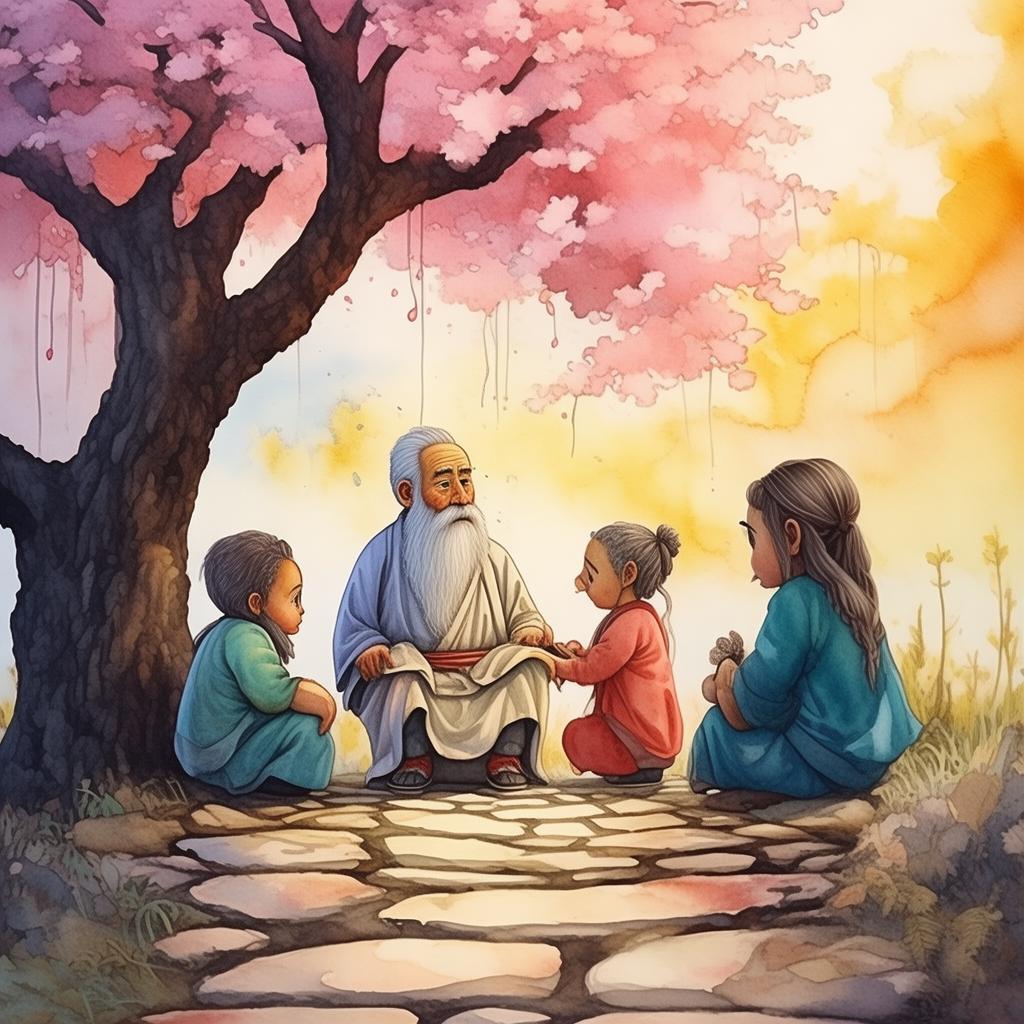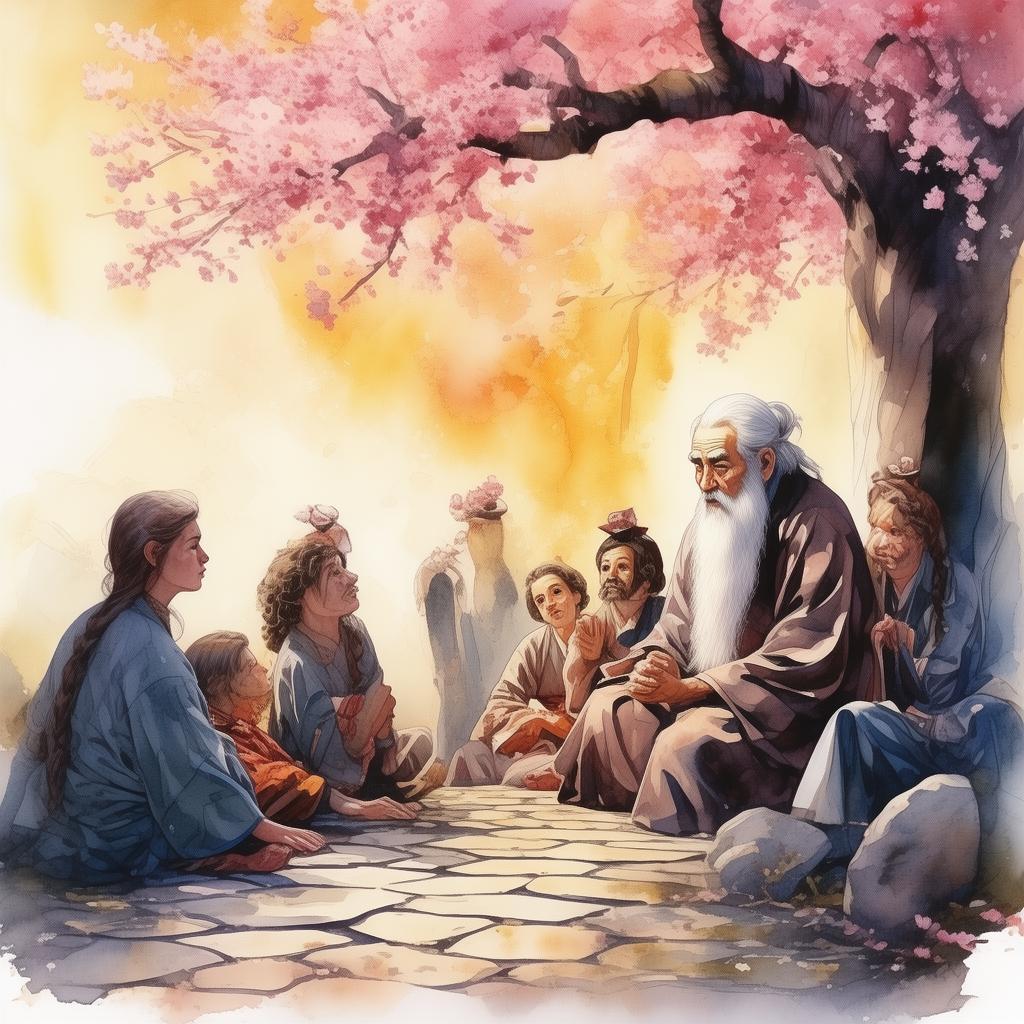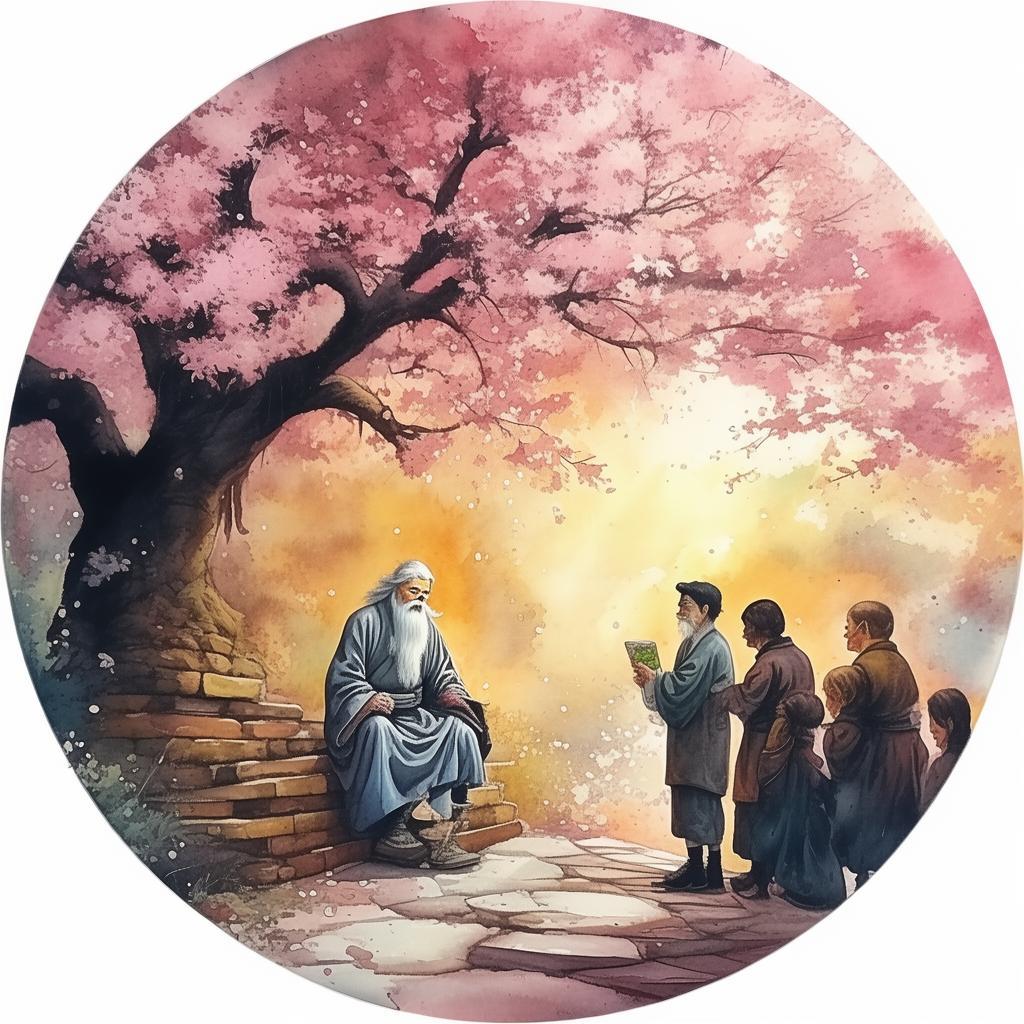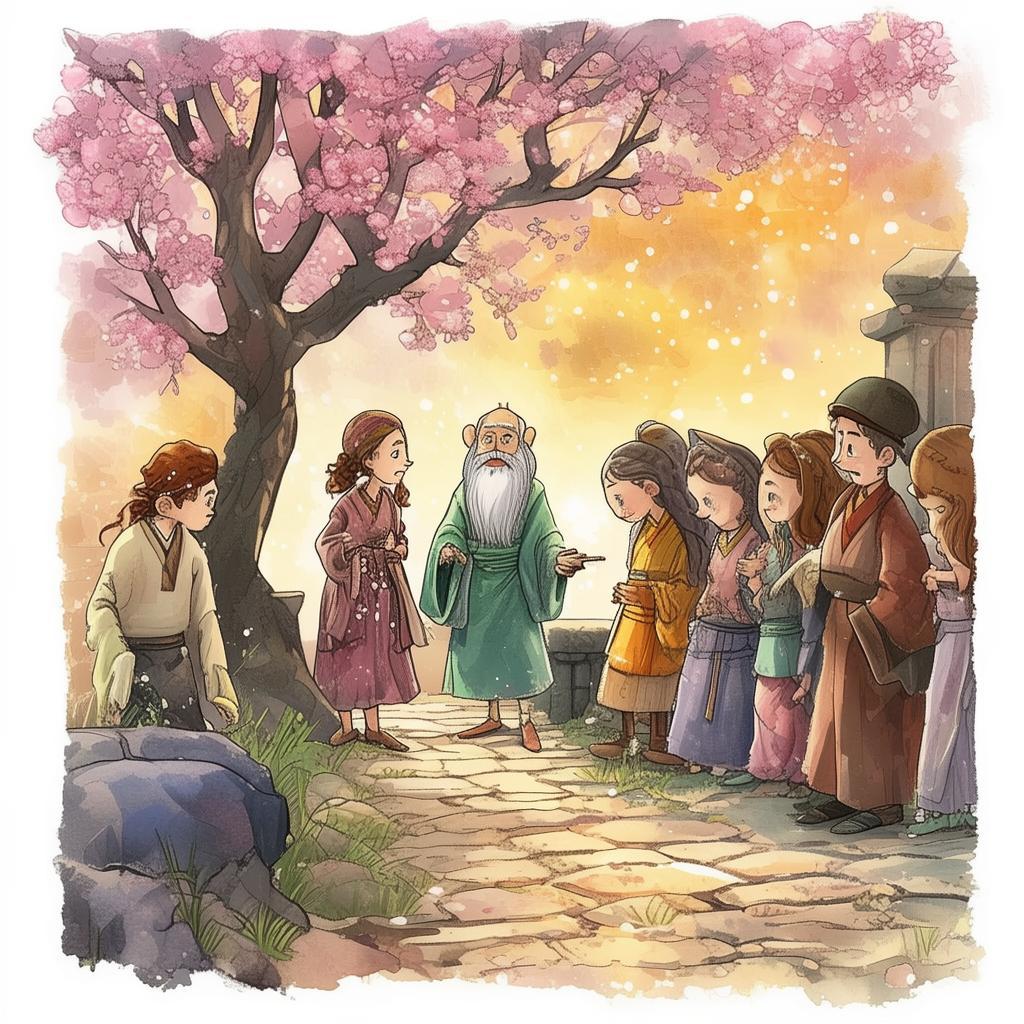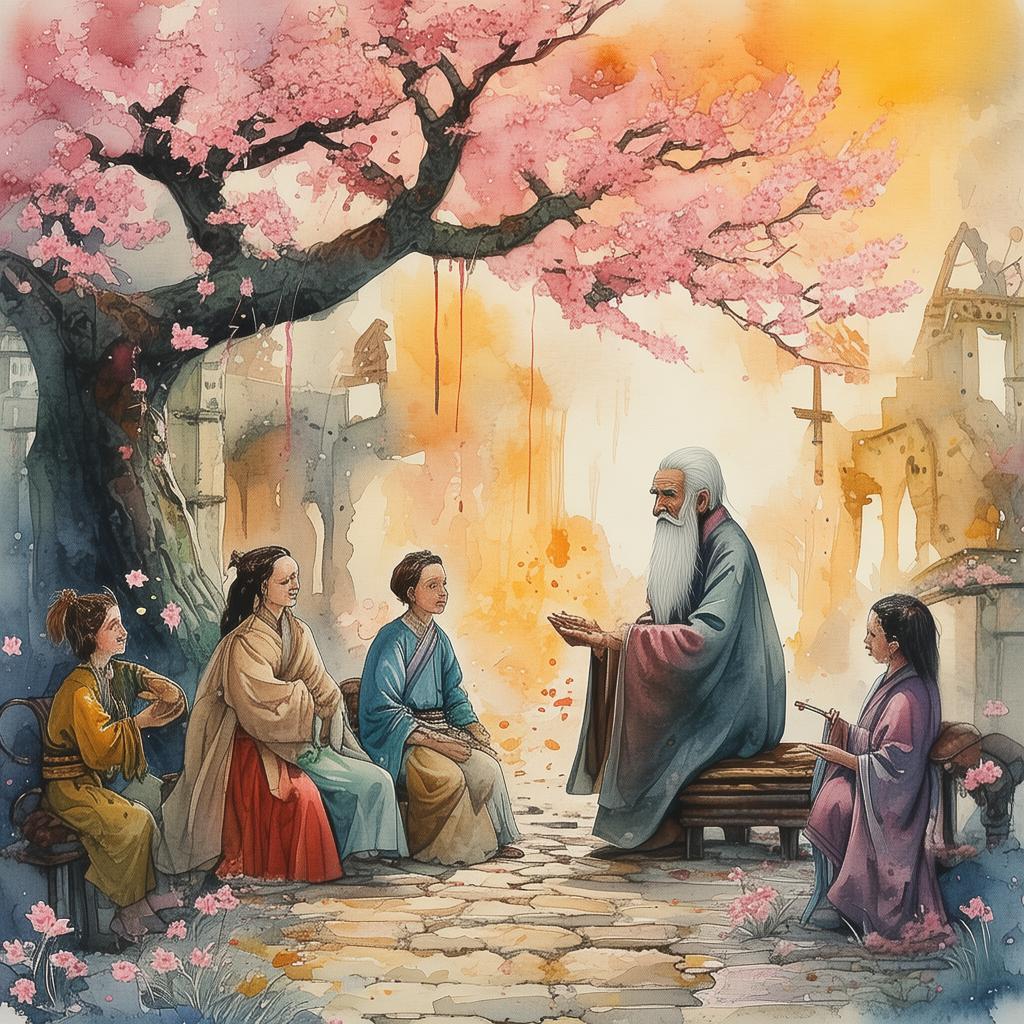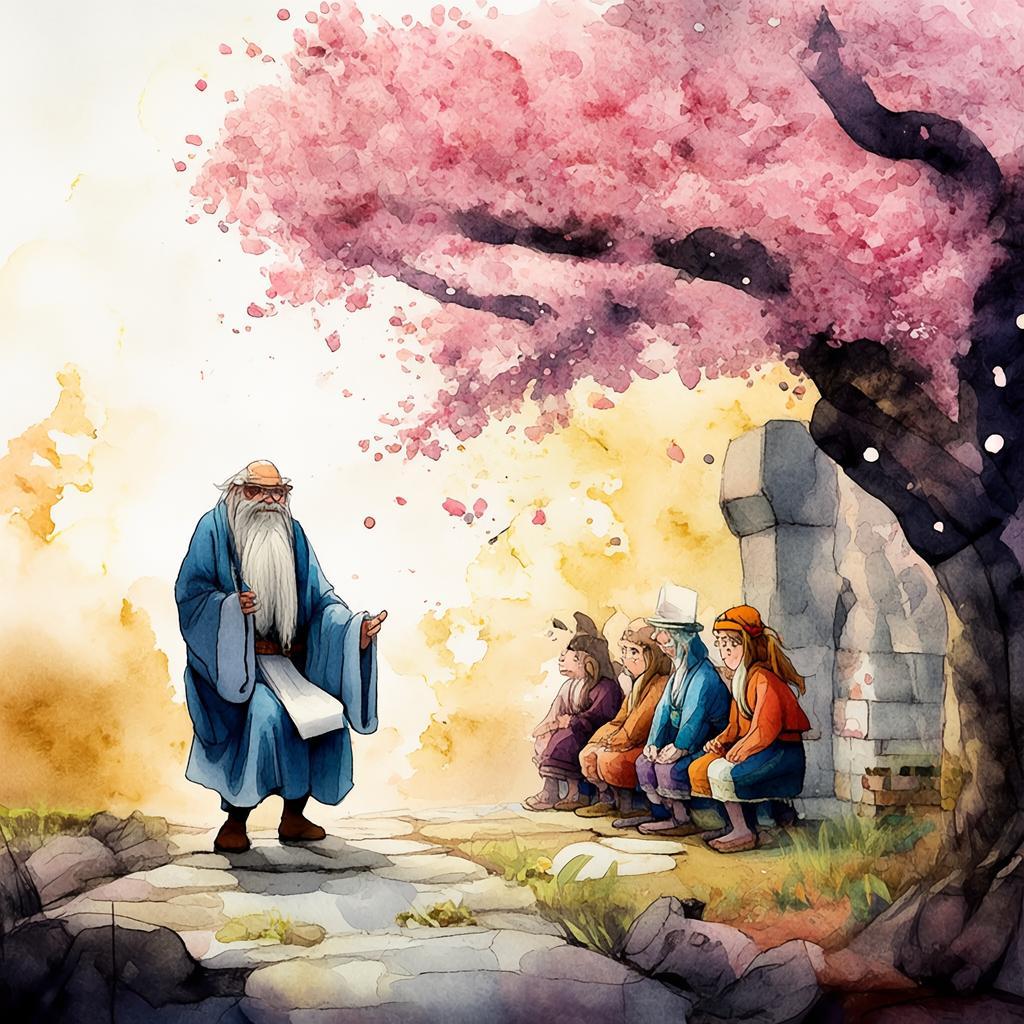Ascending the Sky: The Quest for Beijing's Pride
In the heart of modern China, amidst the rapid urbanization and economic growth, there was a young architect named Li Wei. He was not just a designer of buildings; he was a dreamer, a visionary, and a guardian of the ancient traditions that had shaped the nation's character. His latest project was to design the Beijing skyline, a monumental structure that would not only serve as a beacon of China's rise but also as a vertical rite of passage for the young architects of the future.
The city of Beijing, with its rich history and cultural heritage, was the perfect canvas for Li Wei's masterpiece. It was a place where the past and the future intertwined, and the skyline was to be the ultimate expression of this fusion. The project was a testament to China's ambition and its respect for its roots, a vertical rite of passage that would challenge not just the architects but the very essence of the nation's spirit.
Li Wei spent countless nights poring over ancient texts, studying the architectural marvels of the past, and sketching his vision. He wanted the skyline to be more than a structure; he wanted it to be a symbol of the Chinese people's resilience, creativity, and unity. It was to be a vertical rite of passage, a journey that would take those who climbed it through the ages of Chinese history, from the Great Wall to the modern skyscrapers.
As the project gained momentum, Li Wei faced his first obstacle. The government, recognizing the historical significance of the project, decided to involve a panel of elders, traditional artisans, and cultural experts. They believed that the skyline should not only be a modern architectural marvel but also a reflection of China's cultural identity. Li Wei was both excited and apprehensive; he knew that their approval was crucial, but he also understood that it would force him to adapt his vision to fit the expectations of the past.
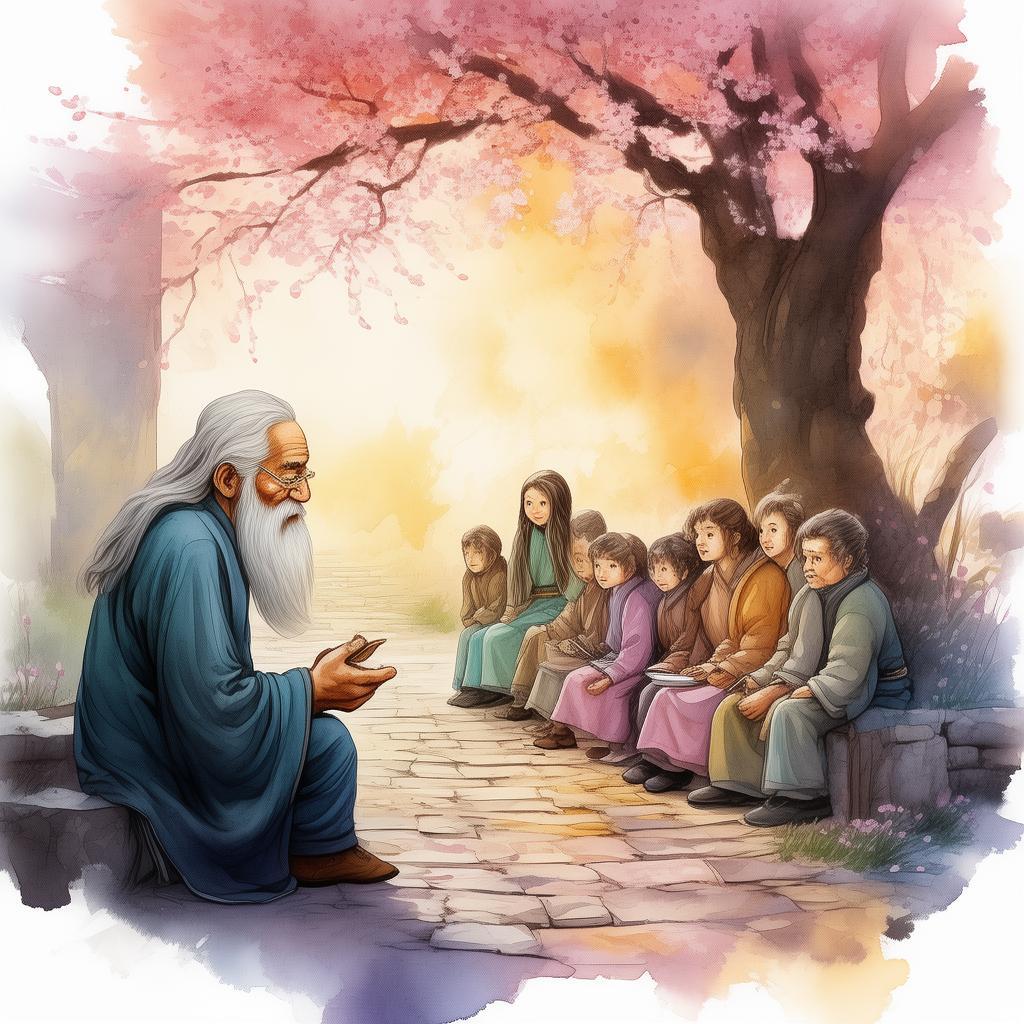
The elders, with their long white beards and eyes that had seen the rise and fall of empires, scrutinized Li Wei's designs. They pointed out the lack of traditional Chinese elements, the excessive use of glass, and the absence of a connection to the land. Li Wei listened intently, his heart heavy with the weight of his responsibility. He realized that the skyline was not just about the future; it was also about honoring the past.
With the elders' guidance, Li Wei began to weave traditional Chinese motifs into his design. He incorporated the intricate carvings of the Great Wall, the flowing lines of traditional Chinese calligraphy, and the symmetry of ancient gardens. The skyline, once a stark contrast to the city's past, now became a bridge between the ancient and the modern.
As the construction began, Li Wei faced a new challenge. The workers, many of whom were from rural areas, were unaccustomed to the complexities of his design. They struggled with the precision and the attention to detail that was required. Li Wei spent days on the construction site, teaching the workers the nuances of his craft, showing them that every brick and stone was a part of a larger story.
One evening, as the sun set over the city, casting a golden glow over the skyline, Li Wei stood on the top of the partially completed structure. He looked out at the horizon, at the Great Wall that stretched into the distance, and he felt a surge of pride. He had overcome the skepticism of the elders, the resistance of the workers, and the daunting task of creating a skyline that would stand as a testament to the Chinese spirit.
The skyline, now complete, stood as a vertical rite of passage, inviting architects and visitors alike to climb its steps and experience the journey from the ancient to the modern. It was a symbol of China's journey, a story of perseverance, innovation, and cultural pride.
Li Wei looked down at the city below, at the people who had worked tirelessly to bring his vision to life. He realized that the skyline was not just his achievement; it was the achievement of the entire nation. It was a rite of passage for all of China, a journey that had tested the limits of their creativity and their resolve.
And so, as the first climbers ascended the skyline, Li Wei stood at the base, watching with a heart full of pride and gratitude. He had not only built a structure; he had built a legacy, a vertical rite of passage that would be told for generations to come.
✨ Original Statement ✨
All articles published on this website (including but not limited to text, images, videos, and other content) are original or authorized for reposting and are protected by relevant laws. Without the explicit written permission of this website, no individual or organization may copy, modify, repost, or use the content for commercial purposes.
If you need to quote or cooperate, please contact this site for authorization. We reserve the right to pursue legal responsibility for any unauthorized use.
Hereby declared.
